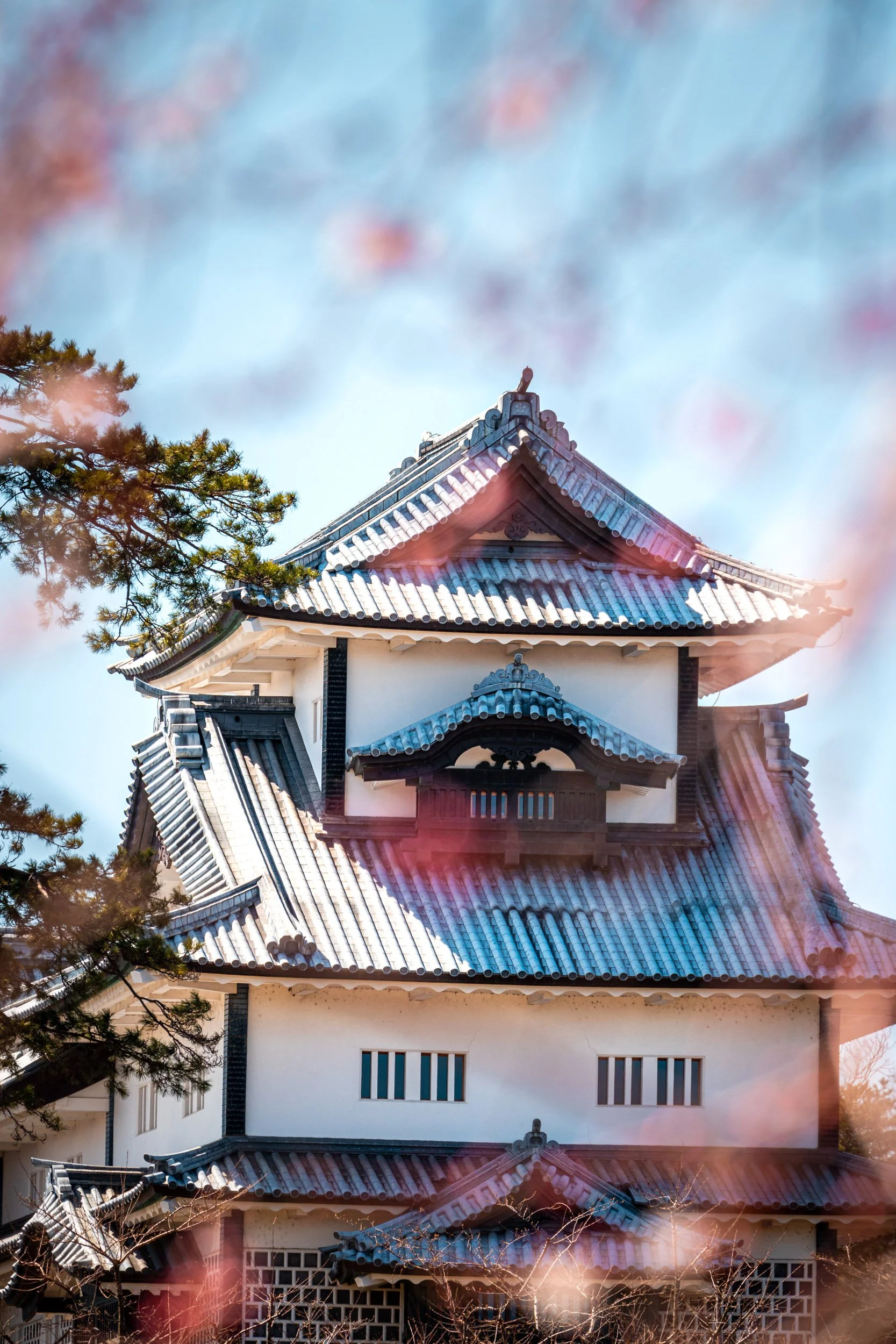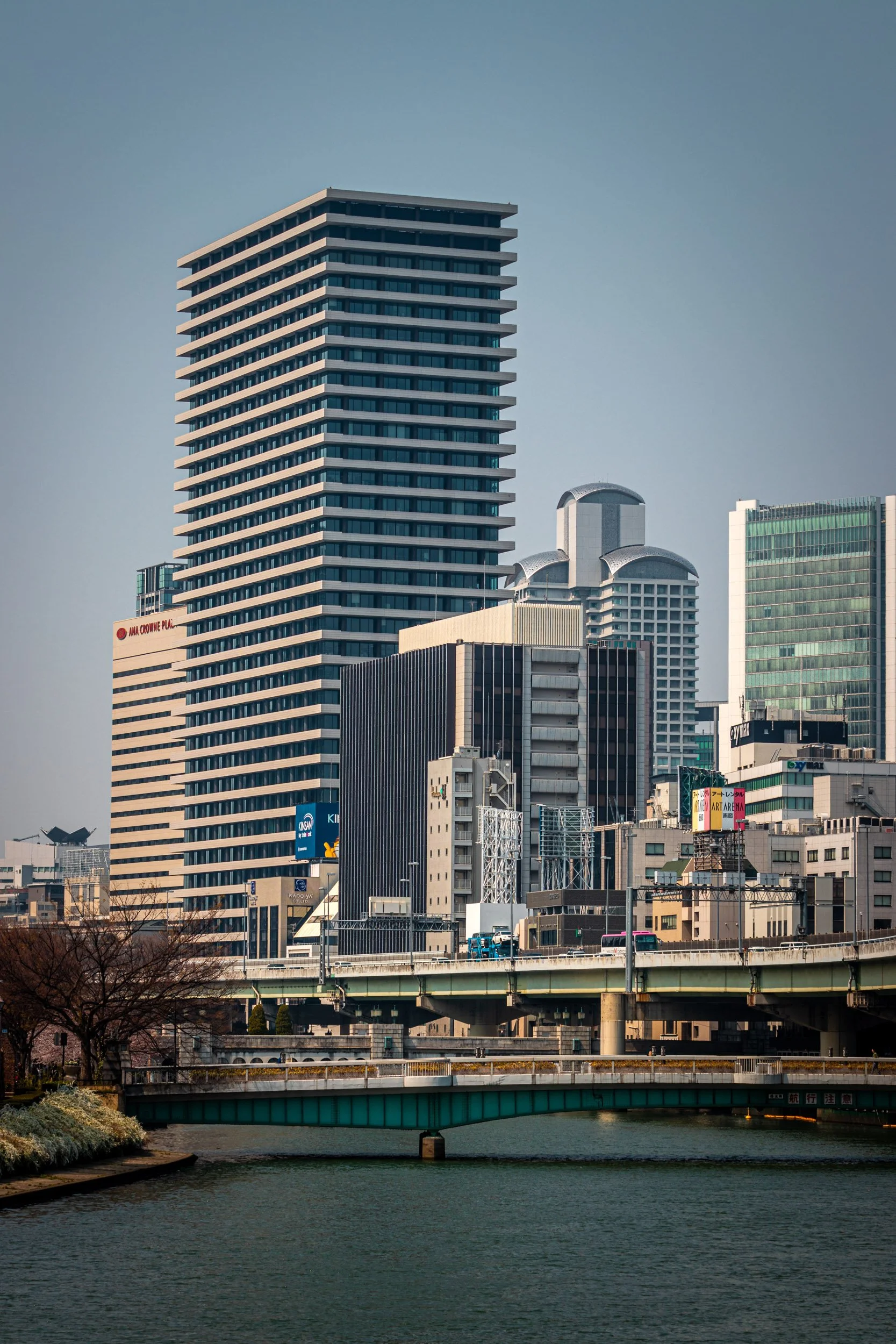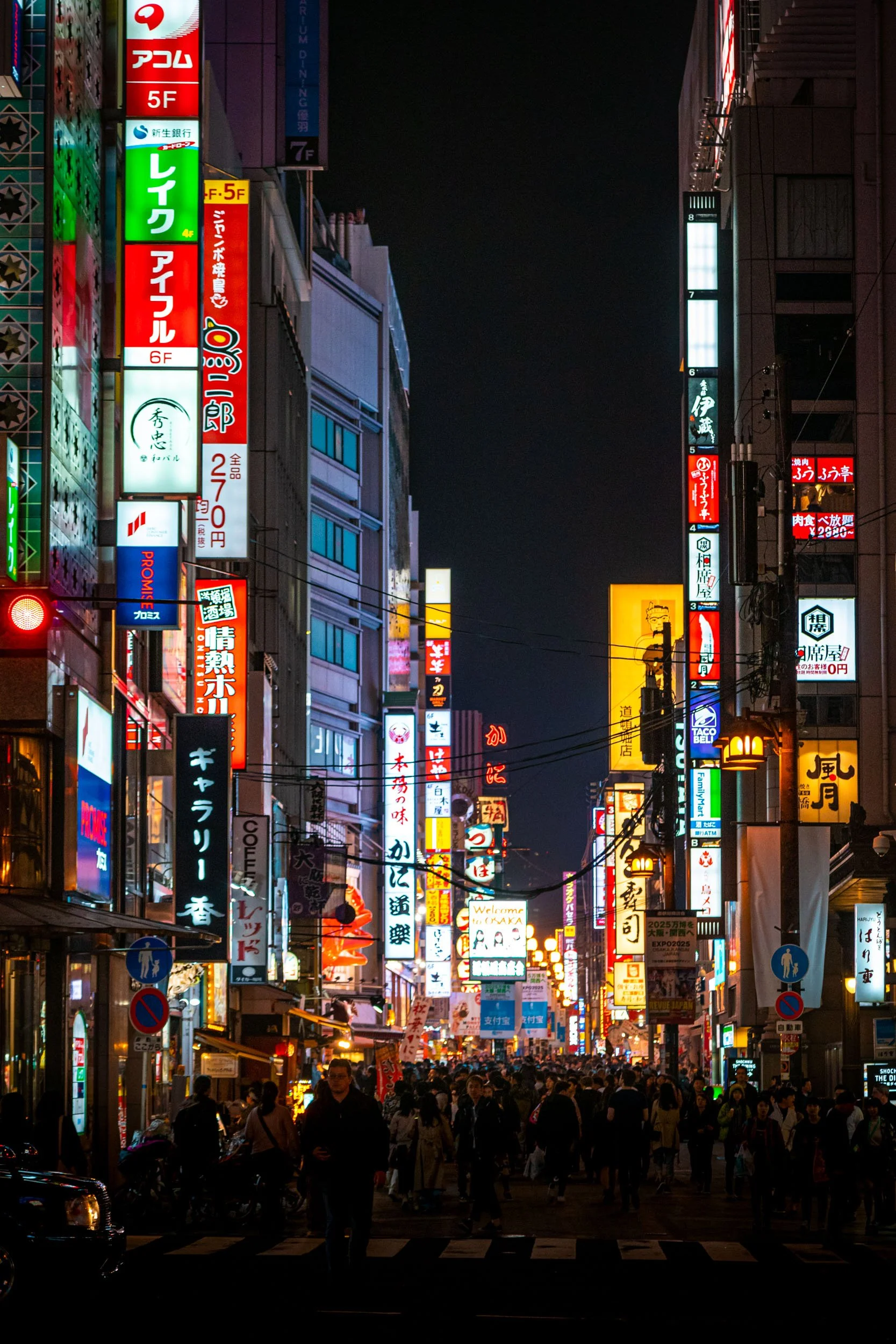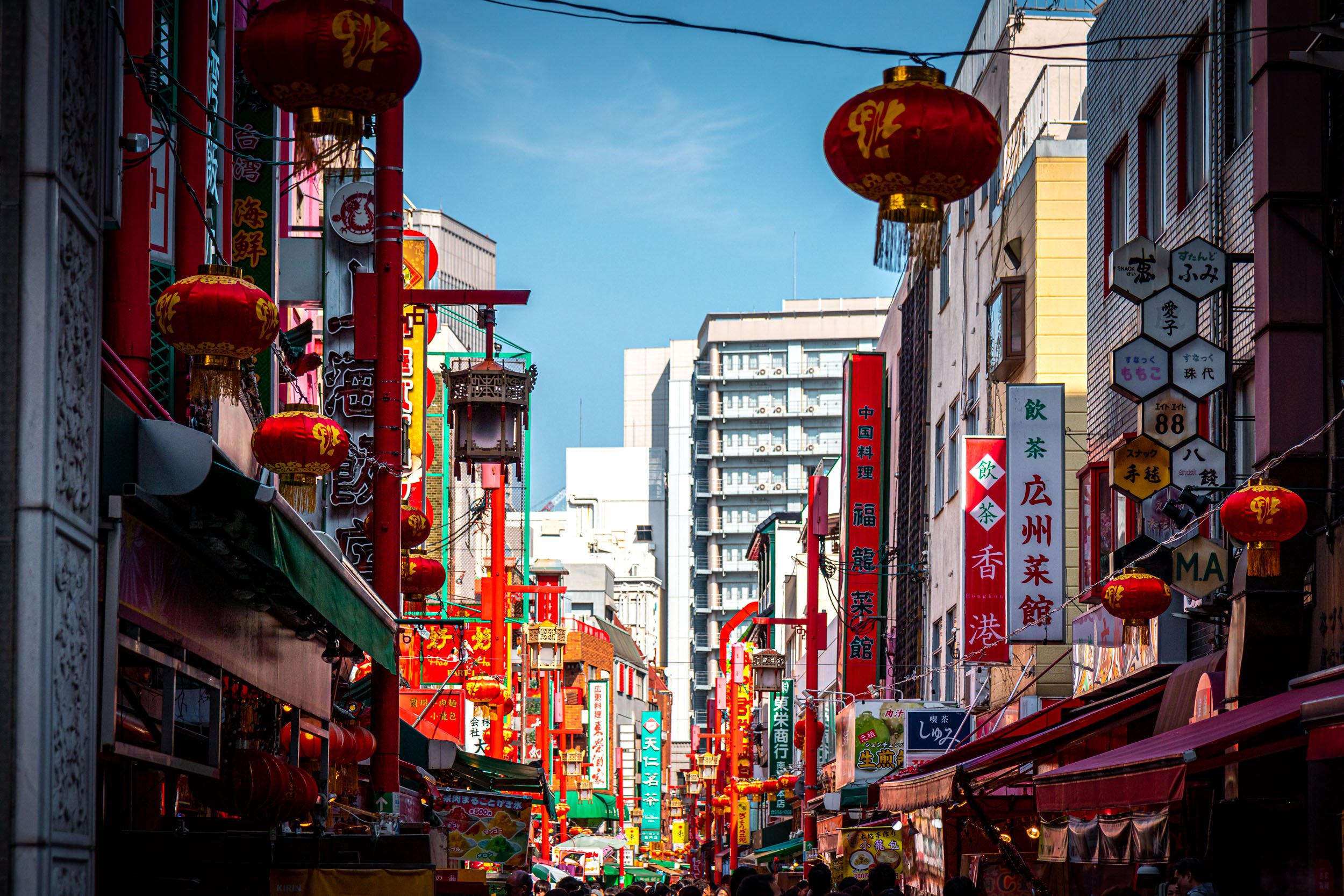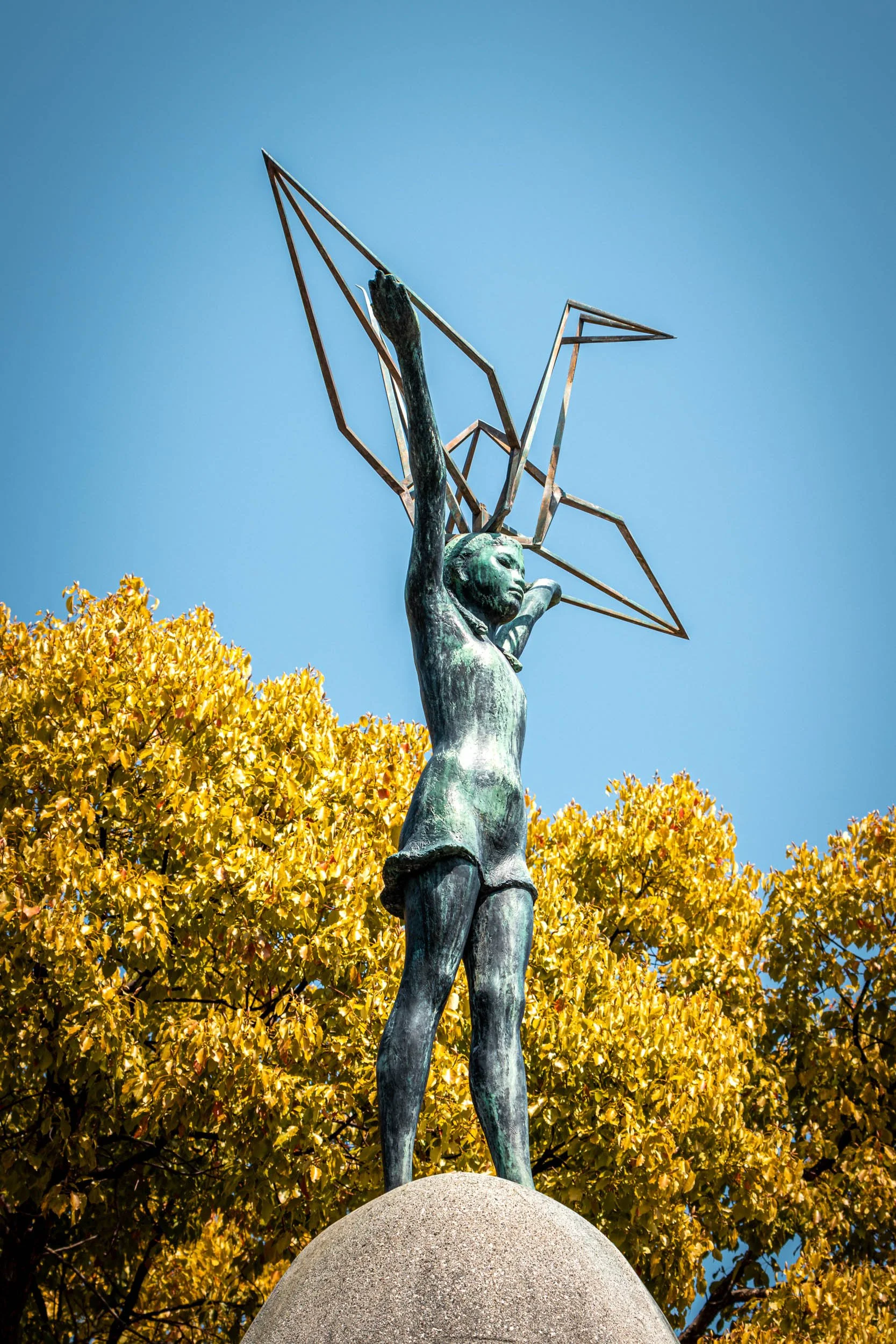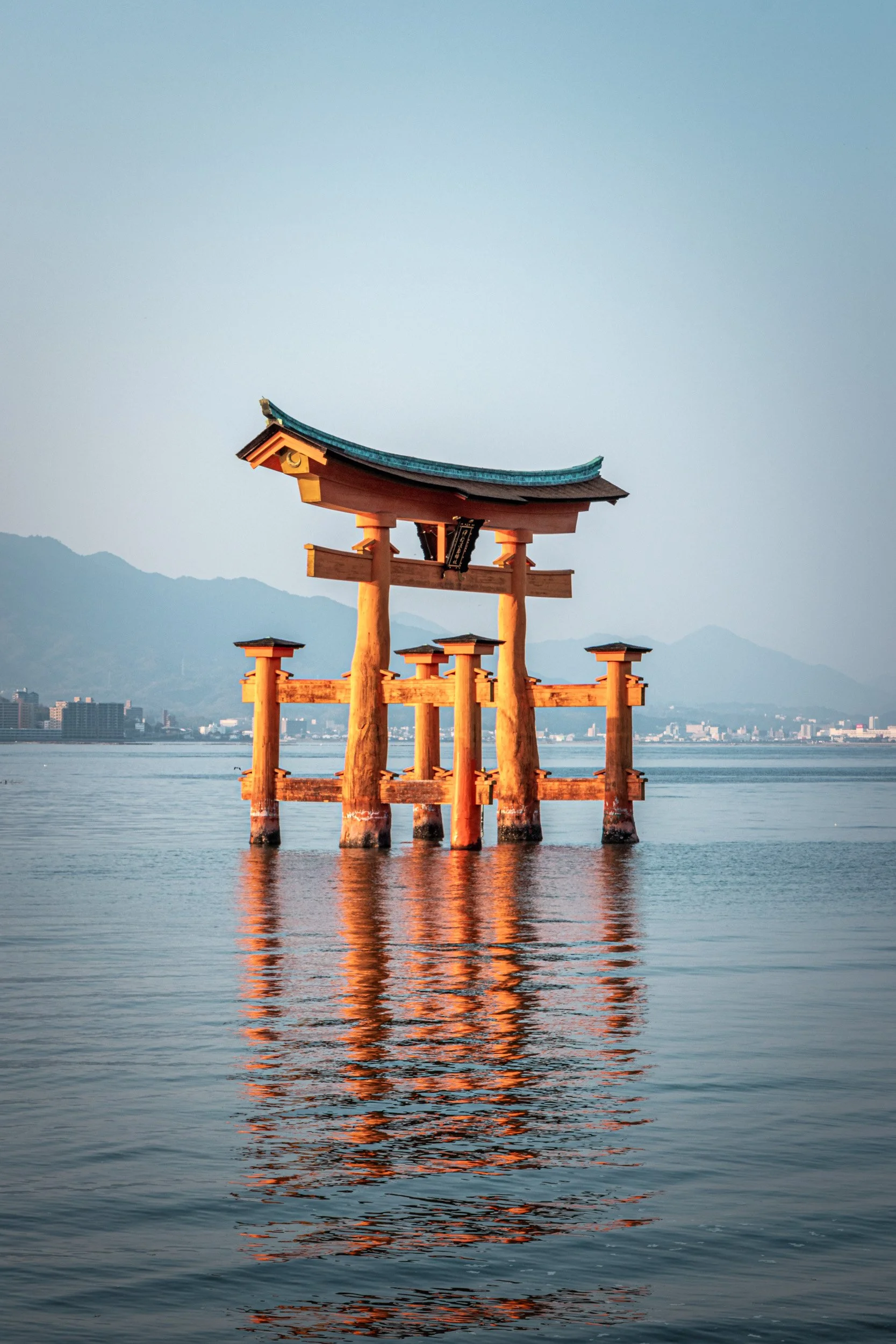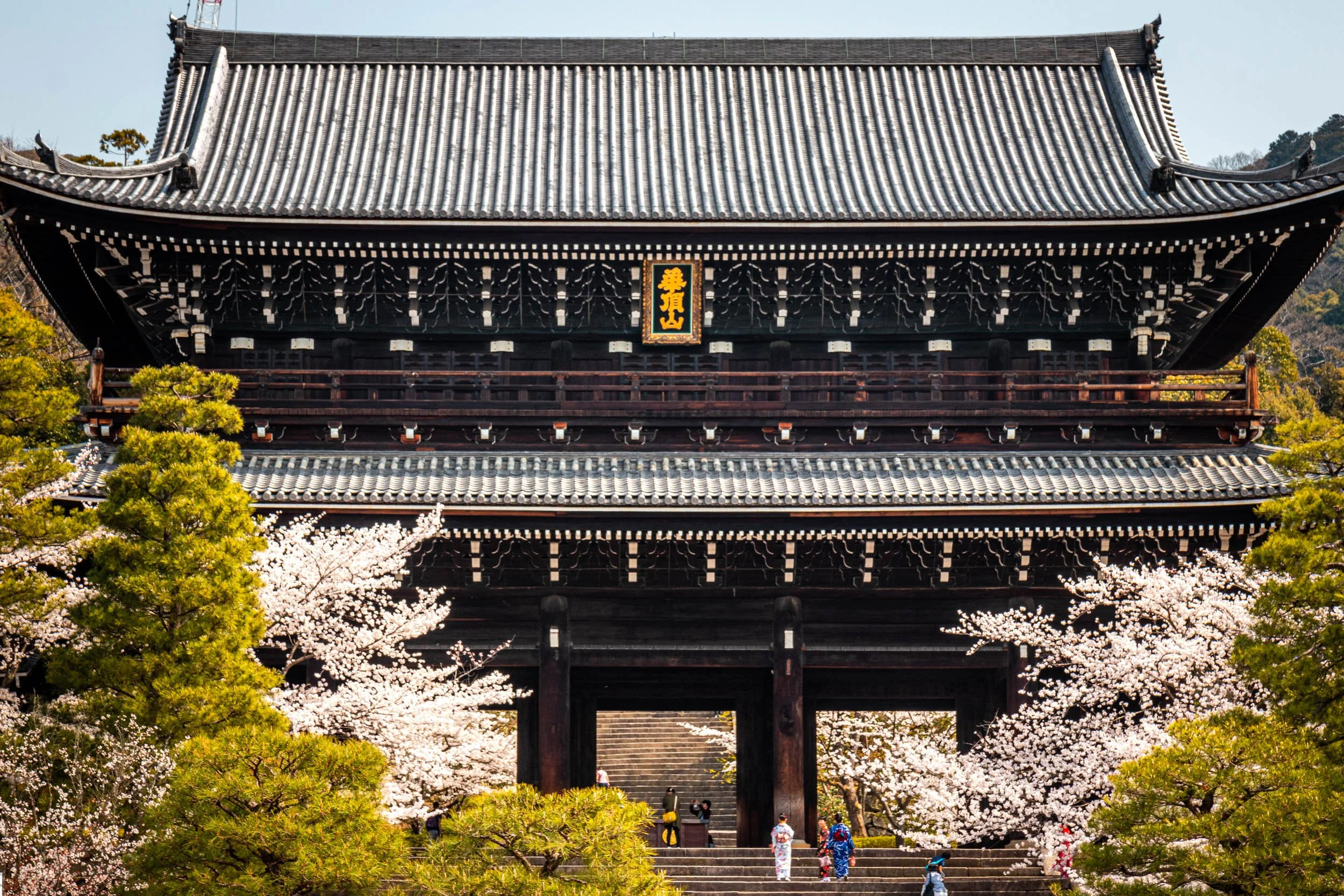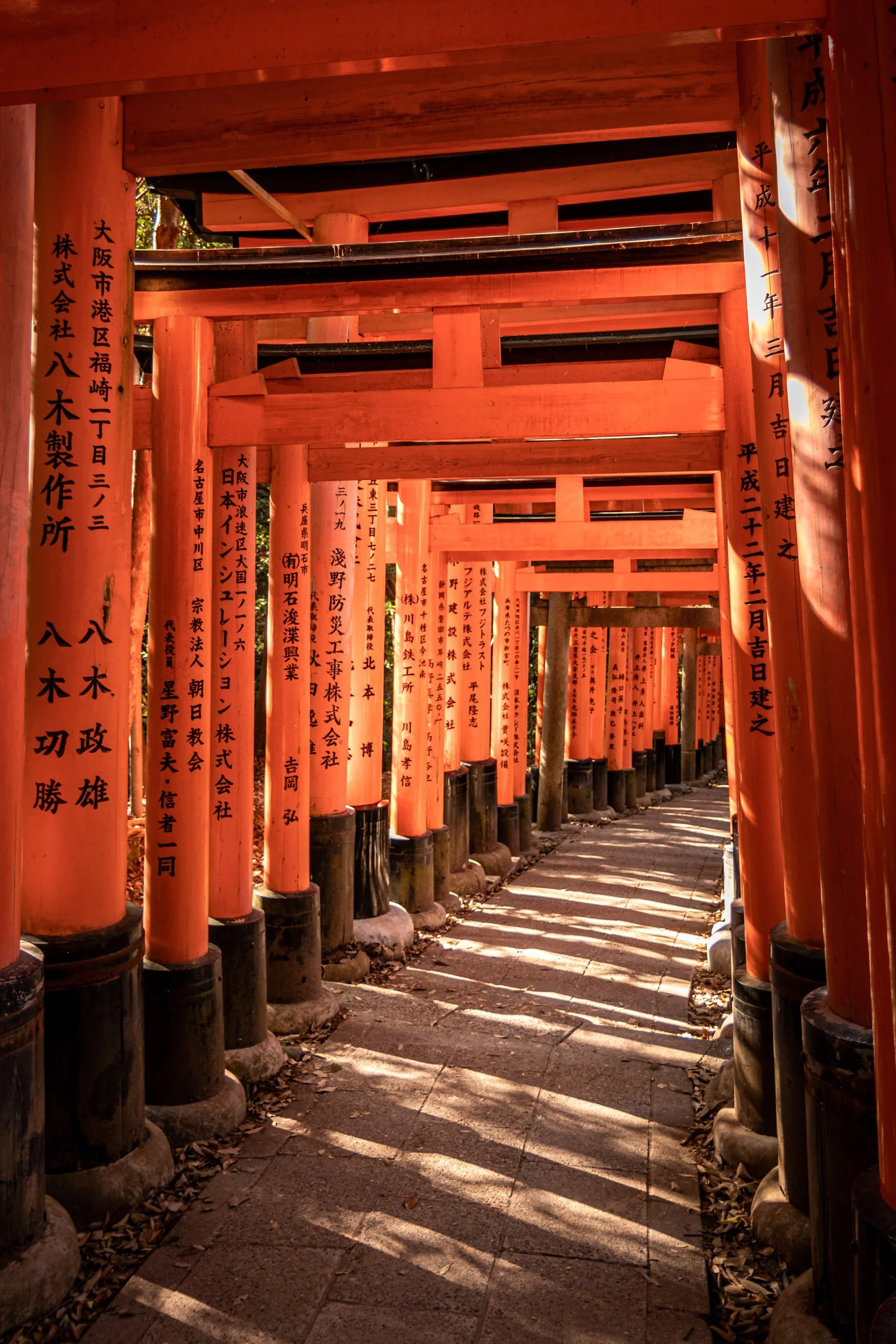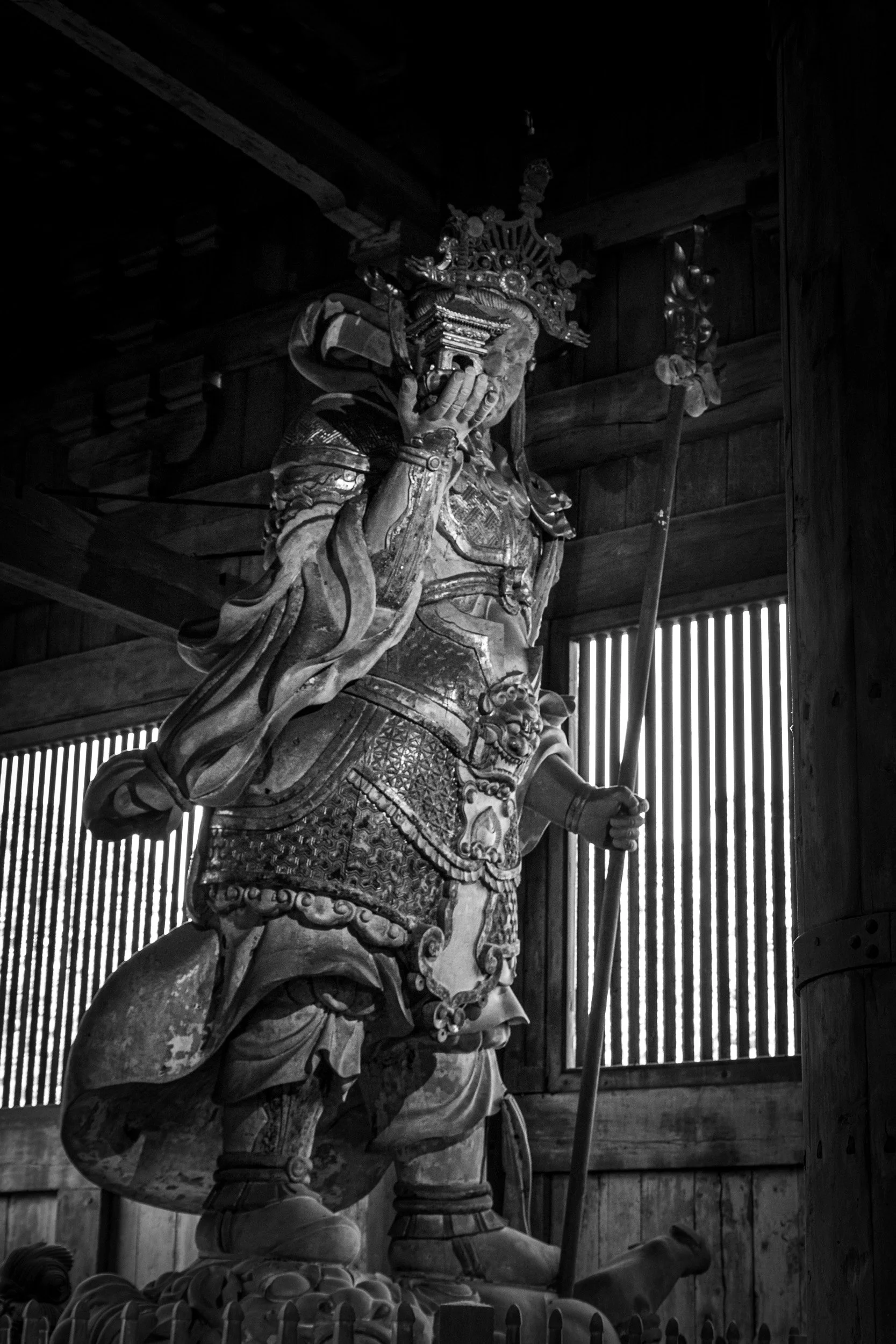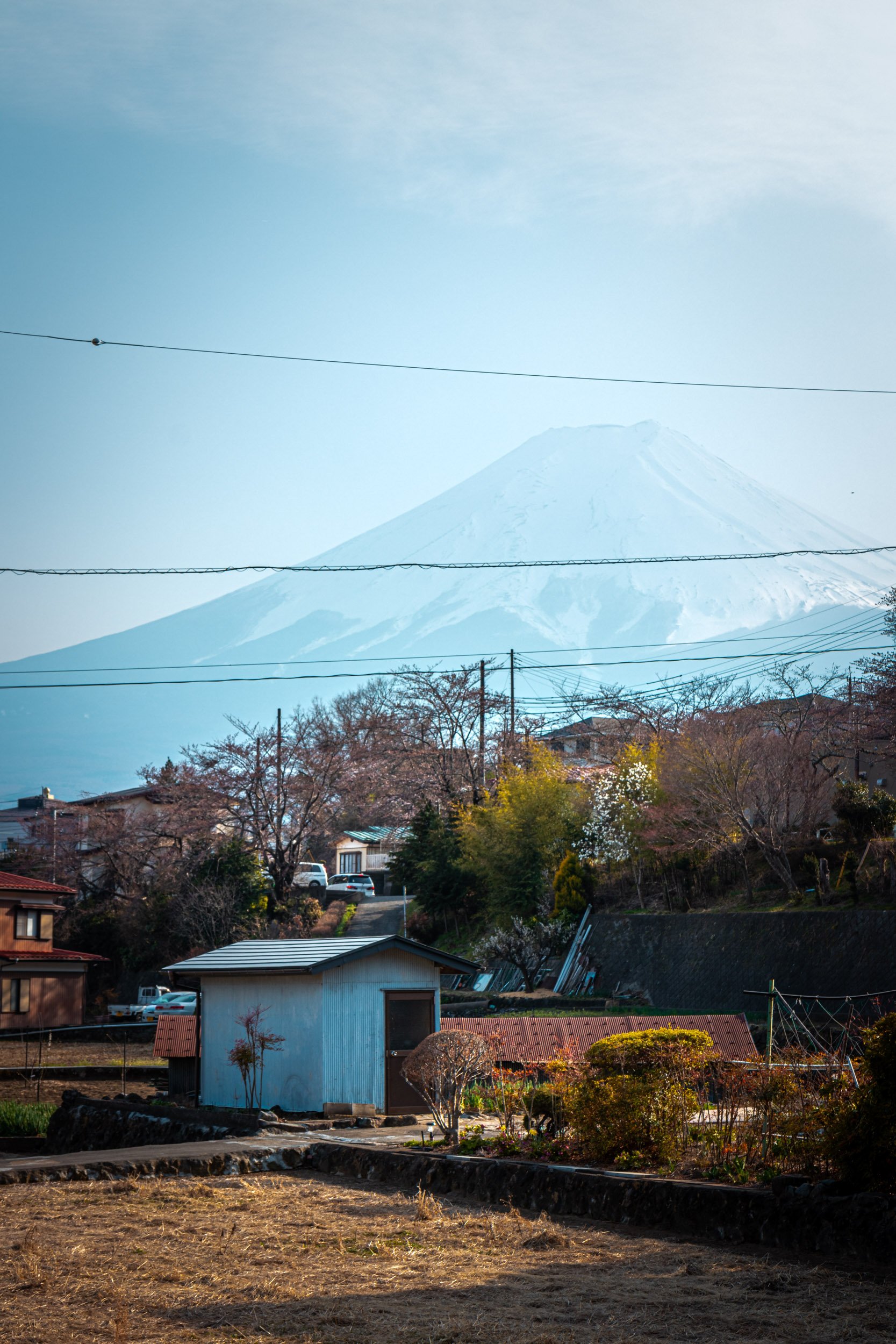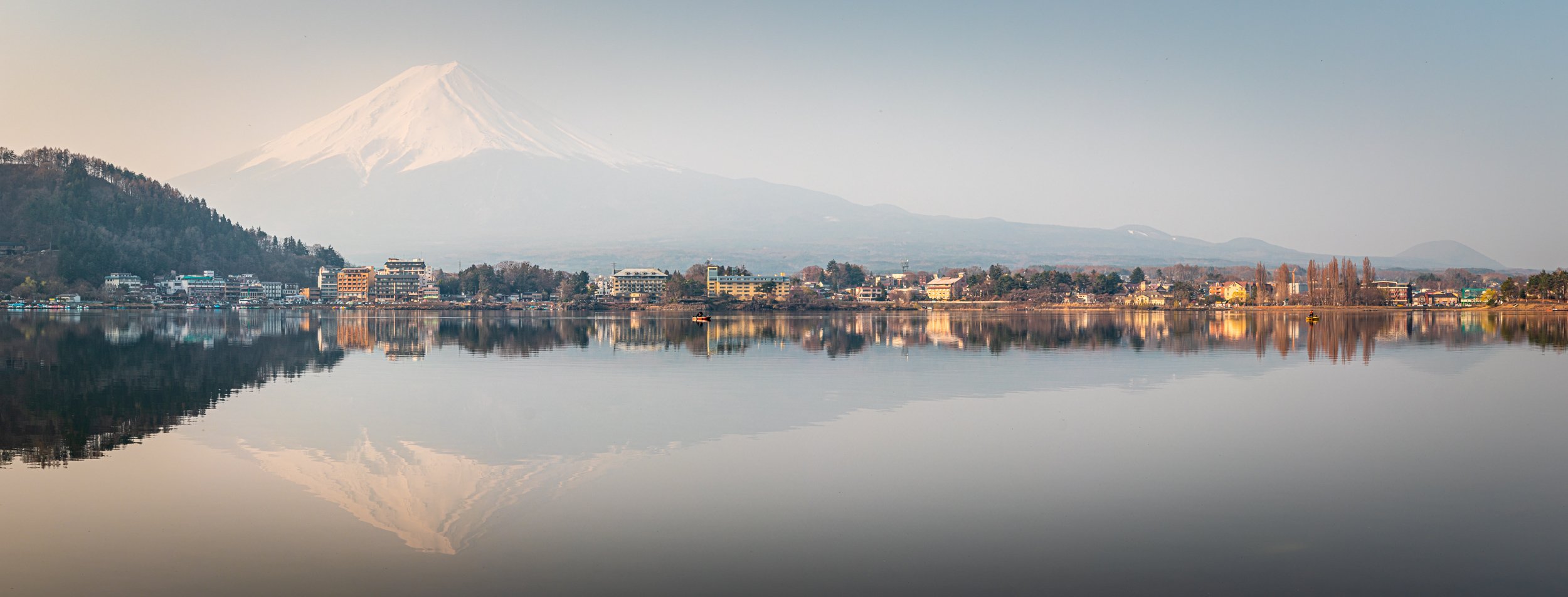
Japan
I‘ve been always fascinated by Japan. The people, the culture and Mount Fuji of course make you want to visit this country. And when you do, you‘ll learn about their history, too, and might be able to explore the beautiful nature outside of the cities as well, depending on your schedule.
Details
Visit: March 19th - Aprith 4th 2018
Season: Spring
Start / End: Tokyo
Transport: Shinkansen (Japan Rail Pass), Public Transport
Our itinerary was built around the so called must do‘s when you‘re visiting Japan for the first time: Tokyo, Kyoto, Osaka, Fuji.
We had 18 days, so we added some more stops around that, like Hiroshima and Kanazawa, always keeping in mind that we were traveling by train and public transport for a wholetrip (for the first time!). But where to start that when not in Japan? It’s faster, easier (for example you don’t need to get your drivers license translated) and possibly cheaper than renting a car.
Since we had 18 days we chose the 14 day version of the Japan Rail Pass so we could explore Tokyo, our first stop, for a few days and then go on with the Shinkansen. Keep in mind that you cannot buy it in Japan, though. As we booked all our flights in the four month period of traveling with STA Travel we just added the Rail Pass to that invoice, but you can probably also do it separately online.
Top 5 places / experiences
-

Cherry Blossom
-

Mount Fuji / Fuji Five Lakes
-

Fushimi Inari-Taisha shrine
-

Sunset on Miyajima
-

Hustle & Bustle in Tokyo incl. Shinjuku
Tokyo
My first visit to Japan started with losing many hours of my 31st birthday. We flew in from Hawaii, so it wasn't really a surprise (at least if you look at times of departure, travel and arrival) but still a little weird to travel back to the future (we gained some hours when we flew from New Zealand to Hawaii). Also a little sad that I didn't get a birthday present from the airline, but I'm over it. A little tired and jetlagged we went out to a nice brewery (Y.Y.G. Brewery & Beer Kitchen) to enjoy the special occasion, but it didn’t take long for us to be back in the bad getting a deserved sleep.
The next two days were quite cold and rainy, so we didn’t stress the sightseeing too much but still explored the city as much as we could and would enjoy. So we went to places like the Yoyogi-Park and the bhuddist temple Sensõ-ji, saw some cherry flowers already and of course observed the hustle and bustle at Shibuya Crossing. To get a good view on the crossing we went to the Starbucks on the second floor of one the buildings. It was also quite fascinating to explore Electric City and watch all those people in these buildings playing whatever there was to play. That could only be topped by a visit to the Robot Restaurant. I‘ve never seen something like it and probably not ever seen something this crazy, but it was so much fun to watch!
We came back to Tokyo at the end of our trip and decided to go up the Skytree to get some views of Tokyo from above, however the view was not great. The weather was nice but you still couldn’t see into the distance, so there was no Tokyo Tower or Mount Fuji to photograph. Since it was our last day there wasn’t a second chance to do that. If you want to see the city from above, too, then this might be a good option for you, however it’s quite expensive. If you want to skip the long lines there is a Skip the Line Ticket for foreigners which is about 10 Euros more than the regular Ticket. If you want to take some photos, it’s a challenge as you cannot go directly to the window, especially on the viewing platform at 350 meters. It’s better at 450 meters and the best at 4 floors below the 350m platform when you can access the windows at some places.
Alternatively, there are several other places to get some good views, like the Tokyo Metropolitan Government Building. You‘ll get some potentially good views (we didn’t see anything as it was too cloudy) at 202 meters and it’s free!
Kanazawa & Shirakawa-go
From Tokyo we took the Shinkansen to Kanazawa, which is probably a little further away from the usual tourist itinerary.
The reason we went is that we wanted to explore the Japanese Alps a little and one of the things you can actually do at this time of year is to visit the beautiful region of Shirakawa-go which is actually a UNESCO World Heritage Site thanks to it’s Gassho-zukuri houses. There is an express bus going there, but I‘d recommend to book that in advance as it was only available to book in one direction the day before we wanted to go. Instead, we decided to take the UNESCO World Heritage Bus which takes longer but it cannot be fully booked in advance. In fact, it was almost empty during the ride. It starts at Shinkansen station Shin-Takaoka and takes you all the way to Shirakawa-go in about 2 hours and 10minutes. You could also go to Ainokura, which is only 80 minutes and also one of the villages with these kind of houses, but it’s smaller and didn’t look as promising on photos as our destination, Ogimachi (40 vs 110 houses). We planned to take the second to last bus back so we would have 4 hours to explore the village which would be enough. There is a nice lookout where you can enjoy the mountain panorama together with these beautiful houses, and you can also stroll and explore around the village, buy some souvenirs or eat at one of the restaurants. Some of the houses are also open to visitors and there’s a museum to learn even more.
What I would do differently the next time? Maybe take the express bus in the morning and then take the UNESCO bus to Ainokura in the afternoon to explore this village as well before taking the same bus back to the Shinkansen Station. Even better, if you could book a night at one of the farm houses in Shirakawa-go, as it must be quite a different experience to stay there after the touristy hustle and bustle is over in the afternoon. That way you could also approach sunrise, sunset or even star photography if you‘re into that.
We didn’t do much in Kanazawa itself except for visiting the Castle.
Osaka
Back to city life. From Kanazawa we chose Osaka as our next destination, the third biggest city of Japan. There is a lot to see, of course, and it’s a good place to make a stop when you‘re going to Hiroshima.
First, we visited Osaka Castle which was packed with people - way different to the day before in Kanazawa. The castle is more impressive in my opinion, it’s bigger and also the cherry flowers were blooming already which led to even more visitors. There is a shopping mall right next to it, though.
Next stop would be the bhuddist temple Shitennõ-ji, but getting there was a little challenging because there was an issue with the trains (in Japan!). It was already getting dark but we made it just in time to get some photos with no one around anymore. From there we would go to Dotombori which is the entertainment district in Osaka with lots of shops, cafes and restaurants. And neon signs, of course.
Our last stop was the Umeda Sky Building which is one of the places in town where you can get good views of the city. The good thing about this place is the outdoor 360 platform.
Osaka is also the place where I first tried Okonomiyaki which quickly became one of my favourite Japanese meals! Besides Ramen, of course.
Hiroshima
It takes only 2 hours from Osaka to Hiroshima, so we decided to make a quick stop in Kobe before continuing to Hiroshima. Everyone who didn’t sleep through history classes in school should know about this city. Though I didn’t know much about how the city evolved after the bomb before we started our research for this trip.
We had two nights but actually only one full day in Hiroshima, so we splitted the day into two halfs: the Peace Memorial Park and Miyajima.
The Peace Memorial Park was created not far from where the bomb actually exploded. One of the buildings that you can’t overlook is the Atomic Bomb Dome which was an industrial building. There are some more installations in the area like the Children’s Peace Monument, the Flame of Peace or a memorial for all the victims of the attack. There is also a museum to learn more about and a park to relax and enjoy the cherry blossom.
There is a boat transfer from the Peace Memorial to Miyajima, so to safe some time we went aboard. Miyajima is a UNESCO World Heritage and a popular day trip from Hiroshima. There are some sights on the island like different shrines, temples and lookouts. But the main attraction without question is the Floating Torii. You can walk to it at low tide but most of the time it’s in water. It’s a great place for sunset, so we stayed until the sun went down. In between we walked around, had some food, watched deer stealing stufffrom peoples backpack, almost got pickpocketed by deer ourselves and were stunned by the biggest soup spoon in the world.
Himeji
Again, we made a stop between to destinations. This time we got out of the train in Himeji to visit the most famous castle of the country. It was no problem to leave our luggage at the train station and you can walk to the castle from there. The only challenge we had was with booking a seat for the train ride from Hiroshima to Himeji. You can’t book all the trains with the Rail Pass and the ones you can book are not going as often to Himeji, so we ended up standing for an hour. At least we had a seat for the ride to Kyoto.
The castle itself is beautiful and probably the most beautiful in the country. It’s also one the few that didn’t need to be rebuilt and it’s one of the oldest buildings from the 17.th century. So much about the facts. It’s also the most crowded one we’ve seen, not only inside the castle but also everywhere around under the cherry blossoms by the castle. It’s so crowded, there is a digital clock telling you how long you have to wait until you‘ll get to the inside of the Castle. When you had enough patience to get to the inside, you can go up to see the different upper floors of the Castle. But there is only one way so it felt like a really slow polonaise to go up. We decided to stop in between as it would have taken too long and got back down again at the second floor or so. After that you‘ll get to a courtyard to enjoy some last views of the city.
Beautiful castle, but I‘ recommend deeply to go there at least two hours earlier. We arrived in Himeji at noon, and it wasn’t really possible for us to get their sooner because of the shuttle schedule from our hotel as well as the train schedule in Hiroshima, but at this time of day it’s really not helping to enjoy the place like you should.
Kyoto
Before doing some research about Kyoto I‘d have said it’s one of the biggest cities in the country with a couple of million people living there. It’s not that, even though 1.5 Million people is not few, either. What makes Kyoto so great is the 17 UNESCO World Heritage Sites, the over a thousand buddhist temples or the over 400 Shinto shrines. That’s why we booked 4 nights and we wanted at least stay once in a Ryokan, so we did book that in Kyoto. Definitely a well worth experience, but 4 nights were enough for us, however our hosts were the nicest people ever.
Our Ryokan was located in the Gion district, so we started our stay in Kyoto with strolling through the streets and alleys of the former entertainment and Geisha district. There are many cafes and restaurants, too, and the whole area is very photogenic. Close by is the Maruyama Park which is quite popular in general, but with the cherry blossoms it was packed with people. It was also the most intense concentration of trees with cherry blossoms so far.
One of the things I wanted to do in Kyoto is to visit the Fushimi Inari-Taisha shrine and see all these beautiful Torii gates. As that’s what everyone wants to do, we decided to go early and arrived at 7 am in the morning. There were some people, but that’s nothing compared to the amount of people we saw when we went back down. Most people know this place for the Torii Gates at the entrance, but there are so many more of them when you go up the hill, and you‘ll get some nice views, too.
Another highlight was Kinkaku-ji, also known as the Golden pavilion. You know why it’s called like that when you look at the photos. I‘ve been told the lights is best in the afternoon as the golden colour is more intense due to the position of the sun. There is kind of a trail that you can follow with different views of the temple.
If you’re in town in cherry blossom season I can’t recommend enough the Philosopher‘s Walk. It’s only a 30 minutes walk and follows a canal accompanied by lots of cherry trees.
We also took a day trip to Nara when we were staying on Kyoto, although it wasn’t one of our highlights of the trip. We went to see the temple Todai-jo where you can find the world's largest bronze statue (15 meters) of the Buddha Vairocana. There are three more impressive statues in that hall, too, as well as some other sights outside of the hall like Torii, a golden helix or the entrance gate Naindamon from the year 1199.
Outside of the temple you‘ll find deer that is constantly looking for food from tourists, and people see food that you can give to them.
If you have the time it’s worth a visit, but if you‘ve got only 2 days or so in Kyoto and think about going to Nara on one of these I personally wouldn’t recommend that.
Nara
We also took a day trip to Nara when we were staying on Kyoto, although it wasn’t one of our highlights of the trip. We went to see the temple Todai-jo where you can find the world's largest bronze statue (15 meters) of the Buddha Vairocana. There are three more impressive statues in that hall, too, as well as some other sights outside of the hall like Torii, a golden helix or the entrance gate Naindamon from the year 1199.
Outside of the temple you‘ll find deer that is constantly looking for food from tourists, and people see food that you can give to them.
If you have the time it’s worth a visit, but if you‘ve got only 2 days or so in Kyoto and think about going to Nara on one of these I personally wouldn’t recommend that.
Fuji
Last but not least, a visit to Fuji has to be part of every Japan itinerary. We decided to go to Kawaguchiko. Getting there from Kyoto is not as easy as you have to take a bus from Mishima which only departs every hour and tends to get full from what I‘ve read online before. Our departure was much easier as there are direct connections to Tokyo.
We chose Kawaguchiko because of its location with the Fuji Five Lakes around. There are buses that take you to the different lakes and it’s quite well organized. But the first thing we did after checking in at the hotel was to visit the Chureito Pagoda. It’s probably one of the most popular spots around Fuji and many people have seen photos from Fuji and the Pagoda. There is a train going from Kaeaguchiko to a station nearby the Arakiyarama Sengen Park and from there it’s a 30min walk in total up to the Pagoda. Even though it’s a popular spot and everyone has seen the photo, it’s still one of my favourites from the trip.
They next day was dedicated to the Fuji Five Lakes. First thing in the morning I walked to Lake Kawaguchiko to take some photos of Fuji reflections in the lake. Sunrise was at 5:30, but being there at 6:30 am was good enough as the sun hadn’t made it over the mountains around yet. I walked along the lake shore until it was time to meet Caroline at the Mount Fuji Panoramic Ropeway to take a cable car up to Mount Tenjo to get some great views of Fuji and the area, although the view of Fuji was getting worse.
We then decided to take one of the fewer buses that go to Lake Shōji. It’s less touristy and therefore there is less infrastructure for tourism, but the views of Fuji are worth the ride.
Before our time at Fuji and in Japan in general (almost) would end, we took the sightseeing bus one last time to visit Lake Saiko, but that wasn’t as good regarding views of Mt Fuji as the other places before. However, there is kind of a market nearby and some traditional Japanese houses which probably also make good photos with Fuji in the background, but had to go back as soon as we found this place.








































